Welcome to On Verticality. This blog explores the innate human need to escape the surface of the earth, and our struggles to do so throughout history. If you’re new here, a good place to start is the Theory of Verticality section or the Introduction to Verticality. If you want to receive updates on what’s new with the blog, you can use the Subscribe page to sign up. Thanks for visiting!
Click to filter posts by the three main subjects for the blog : Architecture, Flight and Mountains.
“The union of altitude and solitude fills me with an arrogant sense of ownership. After all, the sky is my domain.”
-Philippe Petit, French high-wire artist, born 1949.

Anecdotes : Earning the Summit
I recently had the opportunity to summit Mount Washington in New Hampshire, and the experience brought to light a few aspects of verticality for me. It’s the tallest peak in the Northeast US, famous for it’s erratic weather patterns. As such, it’s been commercialized with a cog railway, auto road, visitor center and museum in order to attract tourist dollars to the park. This makes for an interesting summit experience, which is quite different than a typical mountaintop. Put simply, this is a summit you don’t have to earn by climbing up to it.
“He who occupies the high ground…will fight to advantage.”
-Sun Tzu, Chinese military strategist and philosopher, 544 BC-496 BC.
“There is a kind of supernatural beauty in these mountainous prospects which charms both the senses and the minds into a forgetfulness of oneself and of everything in the world.”
-Jean-Jacques Rousseau, Genevan philosopher and writer, 1712-1778.
“[In the mountains], the highest parts of the loftiest peaks seem to be above the laws that rule our world below, as if they belonged to another sphere.”
-Conrad Gesner, Swiss physician and naturalist, 1516-1565.
“Every one must know the feeling of triumph and pride which a grand view from a height communicates to the mind”
-Charles Darwin, English biologist, 1809-1882.
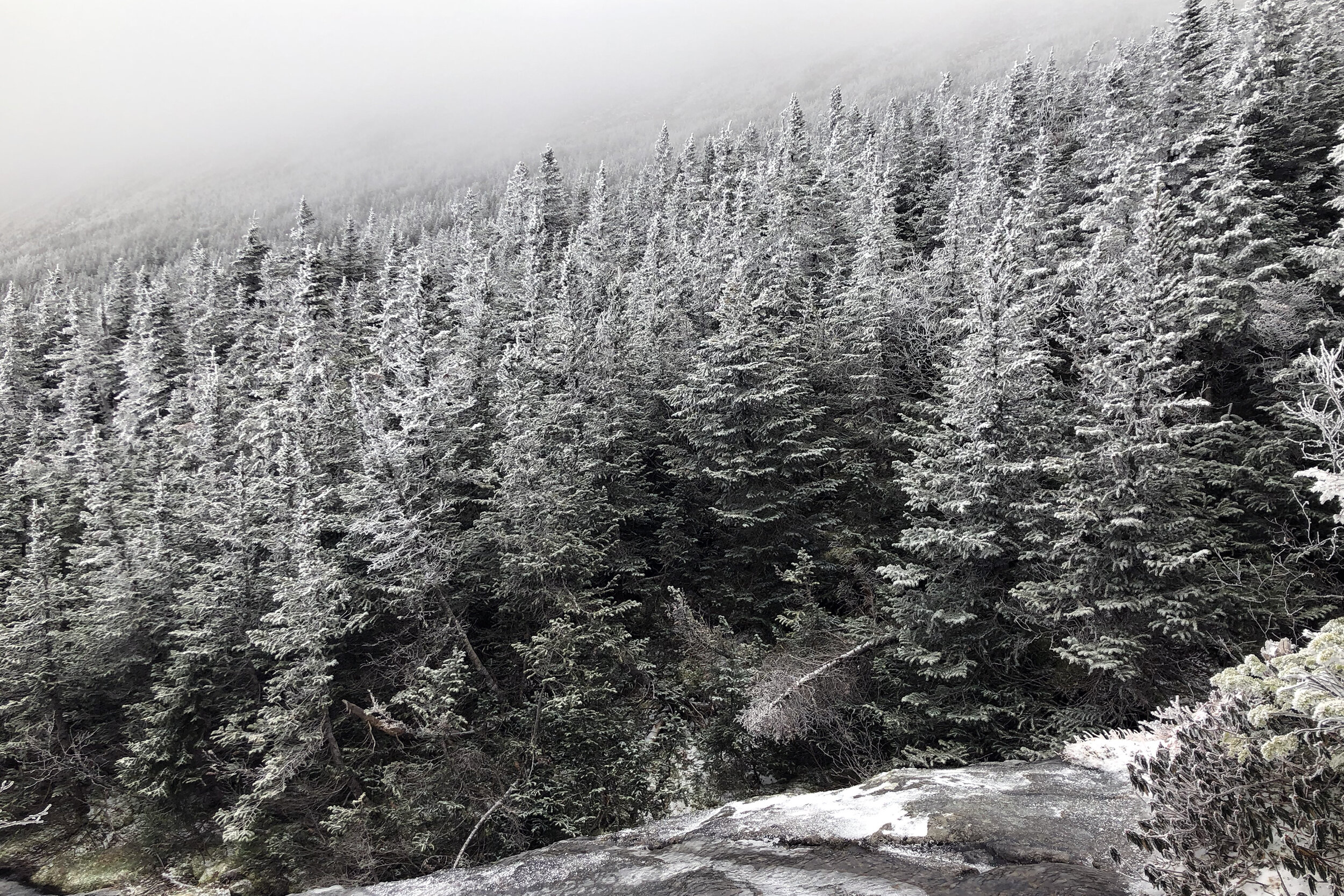
Anecdotes : Mountain Climbing and Verticality
I took the above photo on a recent hike up Mount Washington in the White Mountains of New Hampshire. I was at the Lake of the Clouds, which is a small pond near the summit. The ascent up the mountain brought me face-to-face with some of the most breath-taking and unforgiving landscapes I’ve ever experienced. It was an intensely personal experience, and I still find myself struggling for the words to describe my feelings throughout the climb. It also helped me to understand a few aspects of the human need for verticality, and I’ll explore them in the following paragraphs.
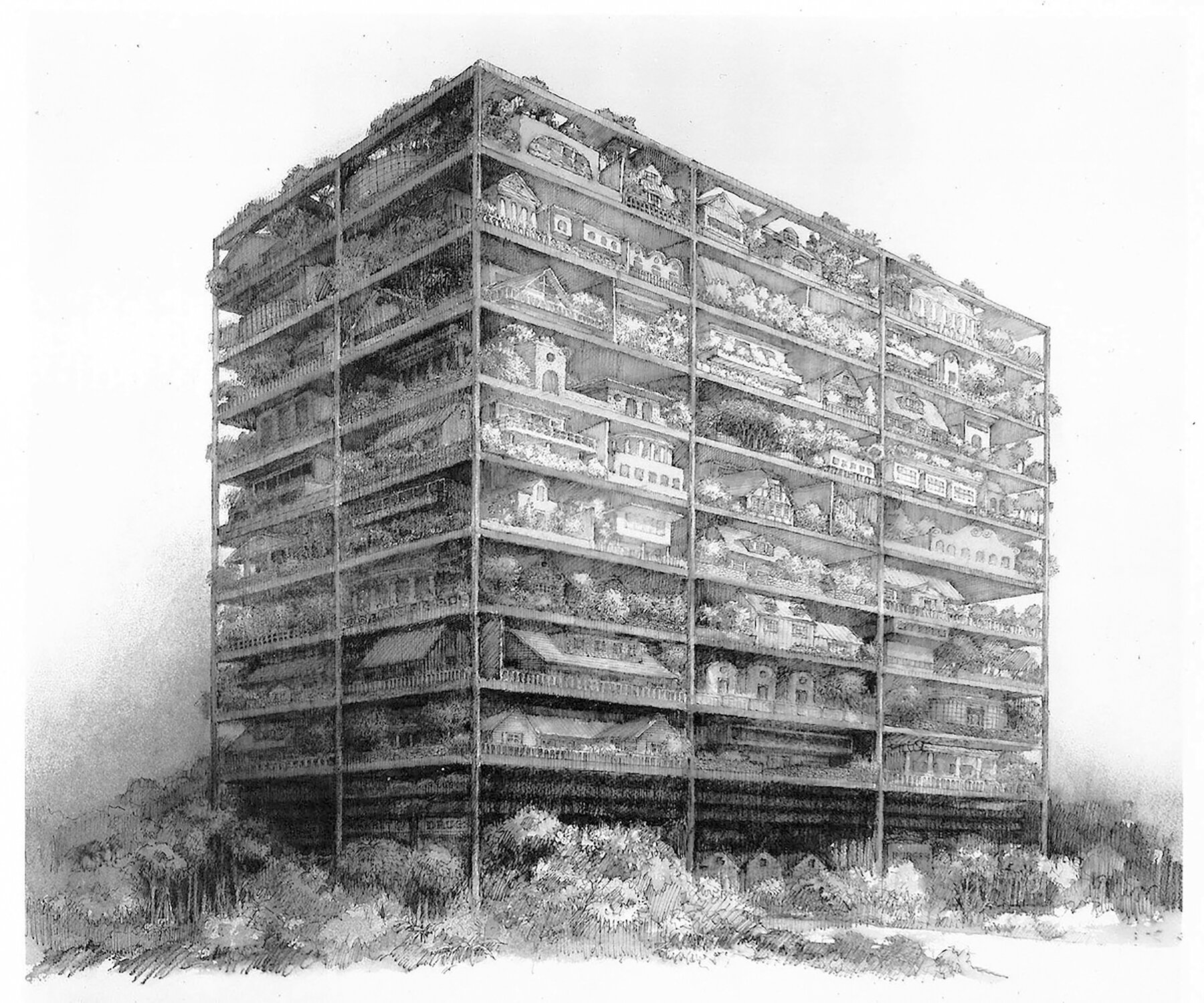
James Wines and the Highrise of Homes
This is the Highrise of Homes, designed in 1981 by James Wines and his firm SITE. The project consists of a series of stacked levels with individual homes built throughout each level. These homes appear much like the single-family detached homes of suburbia, which is a curious mashup of typologies. Wines is using Verticality to re-arrange a typical suburb into a vertical tower, complete with sidewalks, front and back yards, and pitched roofs. This rearrangement creates some curious scenarios and experiences which are worth pondering.
"Man must rise above the Earth, to the top of the atmosphere and beyond, for only thus will he fully understand the world in which he lives."
-Attributed to Socrates, classical Greek philosopher, circa 470-399 BC
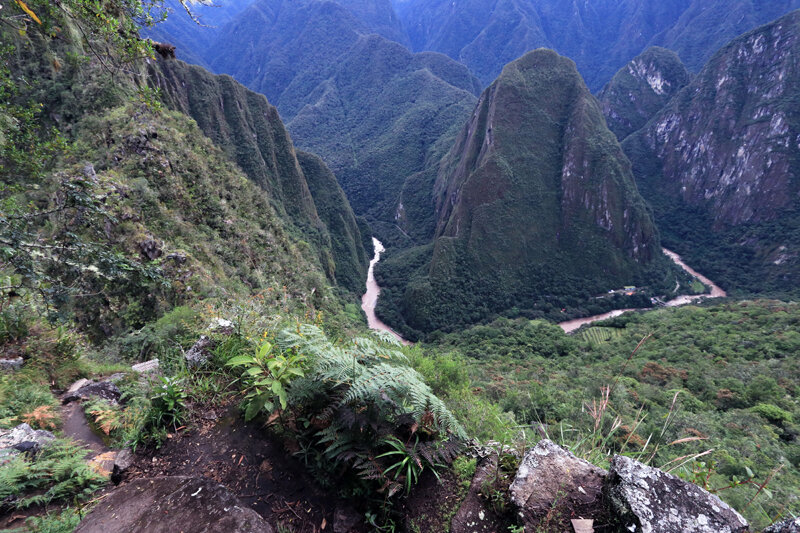
Anecdotes : Machu Picchu and A Fear of Heights
I recently took a trip to Machu Picchu in Peru, and spent four days hiking the Inca Trail through the Andes Mountains. The hike included exposed, narrow trails up steep mountain sides and cliffs, and the experience put me face-to-face with a long standing but waning fear of heights. It got me thinking about my personal history with this phobia, and how far I’ve come through exposure therapy.
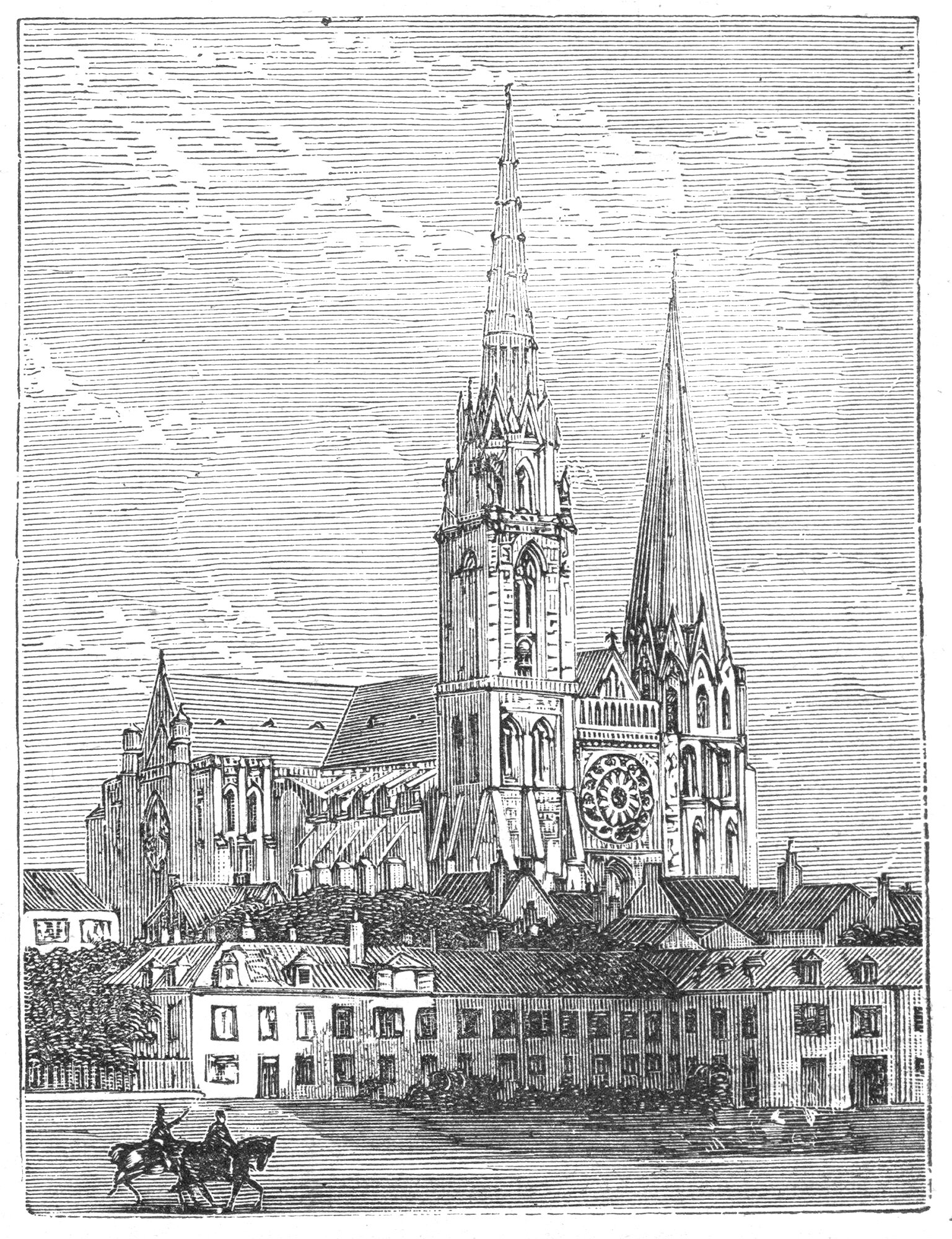
Verticality, Part VIII: God versus Ego
The human world becomes as important as the world of God
The rise of Christianity in the Western world would have profound effects on the built environment and human culture. Two major threads would combine to influence Early Christian architecture and culture. The first is the architecture of the Ancient Romans, who were already wrestling with Verticality. The second is the Book of Genesis and its central theme of Heaven (the above) and Hell (the below). Combine these two, and you get an ongoing battle between God and Ego that would see some of the most impressive structures of all time get built.
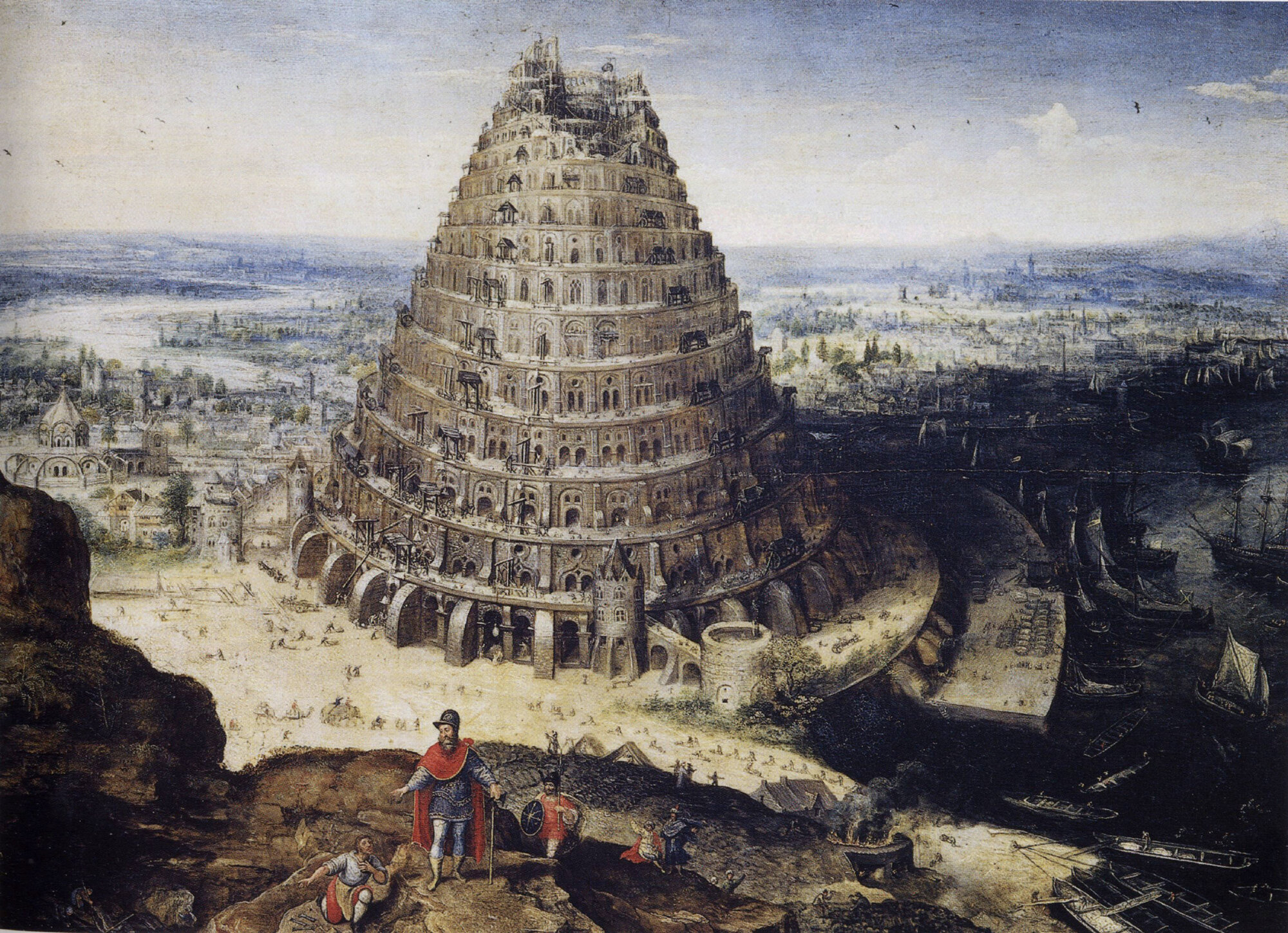
Verticality, Part VII: Heavens on Earth
Humanity’s first major attempts to recreate heaven on earth
In the previous section, we explored ancient civilizations and how they utilized Verticality in their architecture. In each of these civilizations, building a structure that connected the surface to the sky was seen as the pinnacle of human achievement. This was done to appease or satisfy some type of god or gods, and untold amounts of time and effort were spent on the road to achieving it. Throughout time, however, the needs of our gods would begin to see competition from the needs of humanity, or our own Ego.

Forests and Verticality
The progression of forest growth over time is based on access to and competition for sunlight. This process is based on Verticality. As a plant grows taller, it casts a shadow on everything below its foliage, hindering the growth of smaller plants below. This process can be found throughout the natural world, and it follows a pattern of regrowth called plant succession.

Superheroes and Skyscrapers
It’s a common shot in superhero movies for the titular character to be shown on top of a building, looking out over the landscape and the city below. I first took notice of this trope on a recent flight while watching Venom (2018), and I began pondering just how common this shot is.
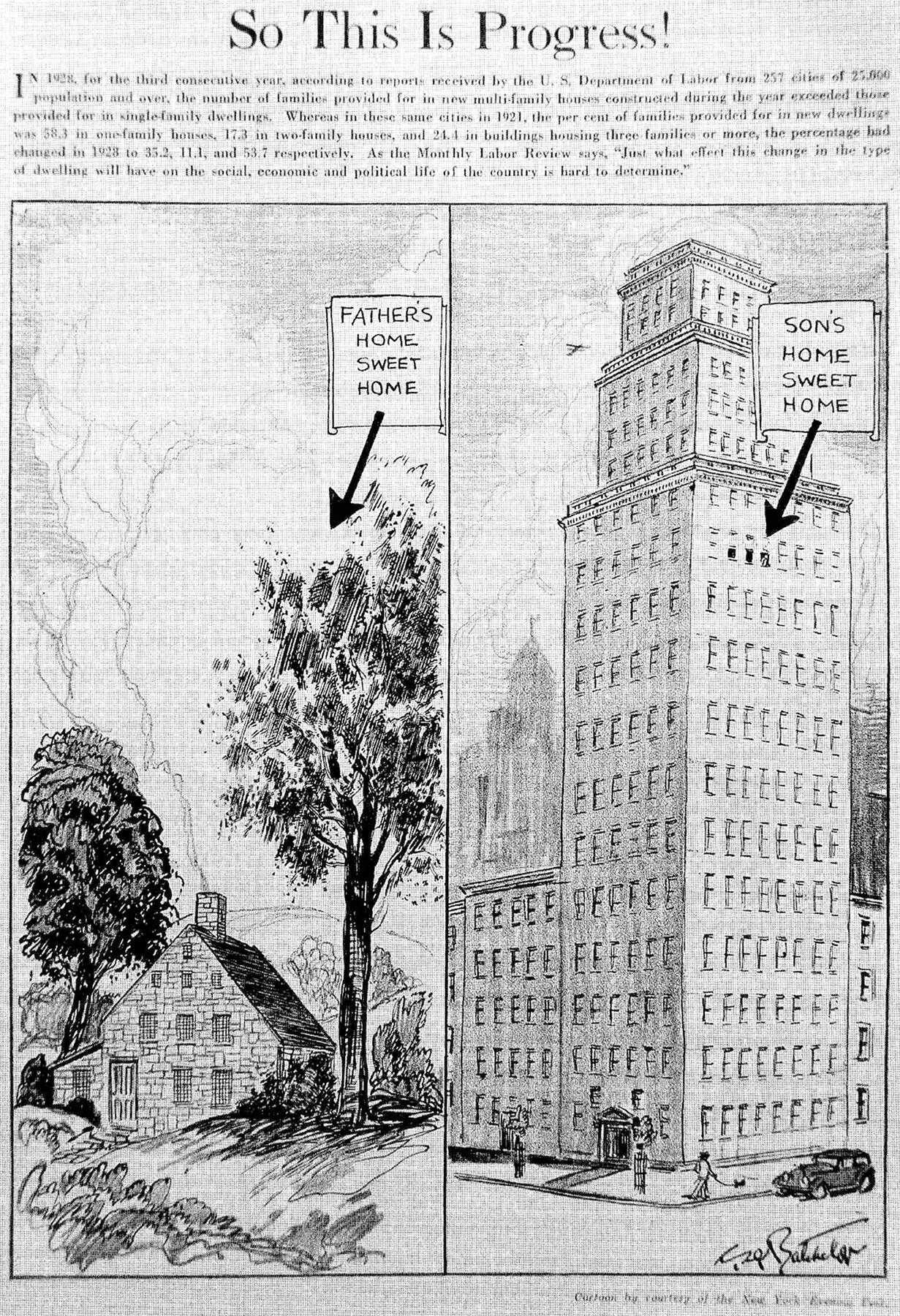
Anecdotes : A Tale of Two Apartments
Over the past few years, I've had two very different living experiences. The first, a 48th floor apartment in the Financial District of New York City. The second, a first floor flat in Park Slope, Brooklyn. I loved living in each of these apartments immensely, but the differences between the two have taught me a great deal about Verticality and its effects on our lives.
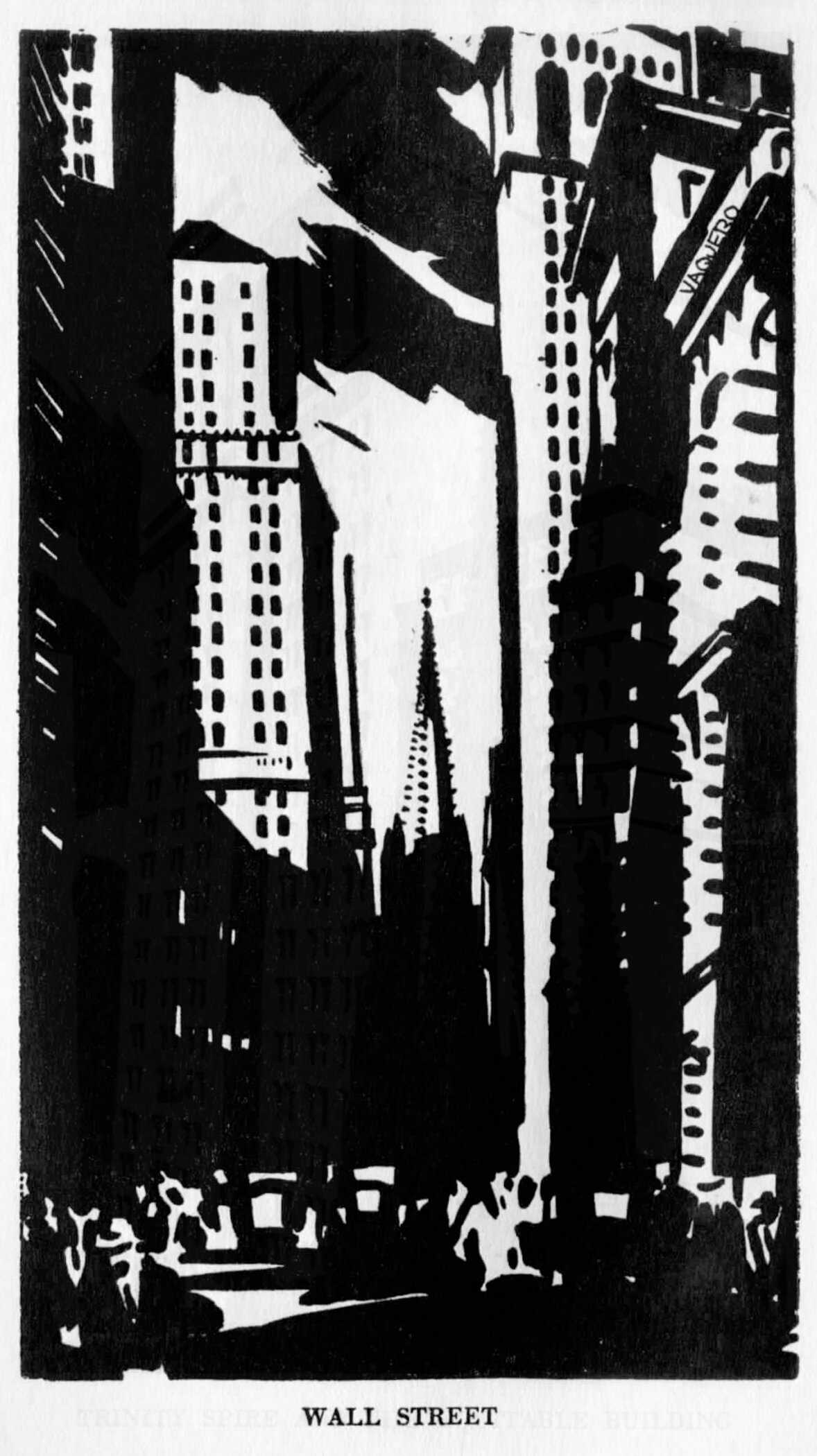
Trinity Church and The Contemporary Dwarfing of Historic Structures
Height in the built environment is relative. A tall building at the center of a major city today is quite a different idea than a tall building was a hundred years ago. As a city grows, taller buildings will get built throughout time, and the meaning of tall gets taller with them. Buildings once considered tall get overshadowed by more contemporary structures.
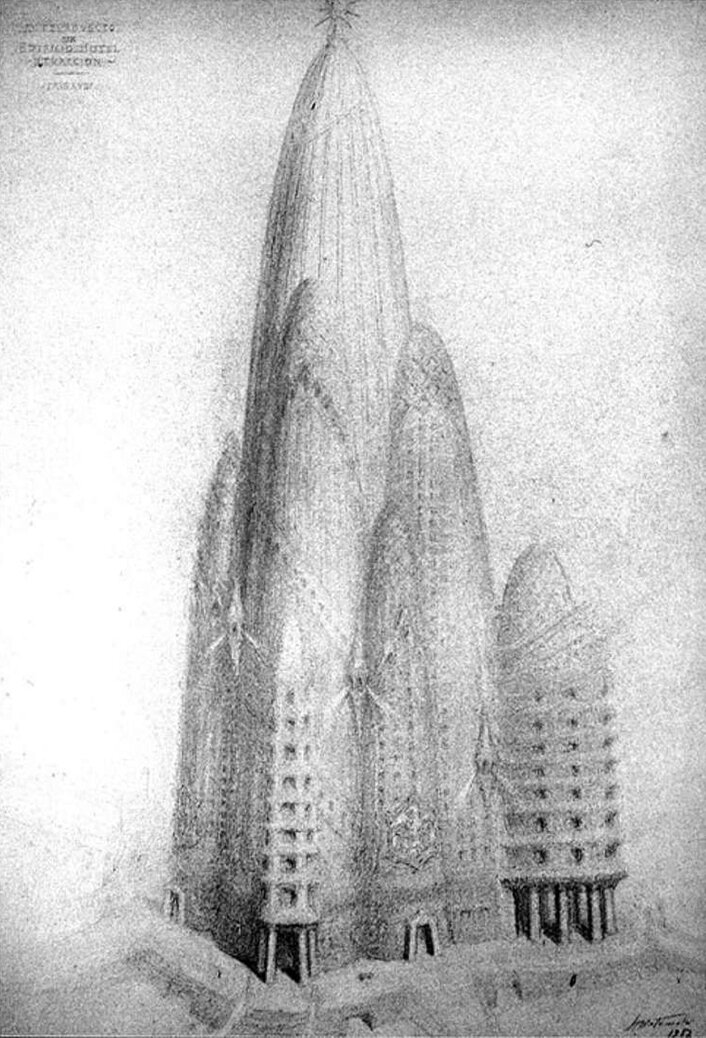
Antoni Gaudí's New York Skyscraper
The Spanish architect Antoni Gaudí is known the world over for his iconic architecture, rich in organic, curvilinear forms. One lesser-known project of his is the Hotel Attraction. It was designed in 1908 for an unspecified site in Lower Manhattan, New York City. The project would have housed a hotel, restaurants, theatre hall, exhibition hall, galleries, and a panoramic lookout at the top, called the 'Space Tower'. If built, it would have been 360 meters, or 1,181 feet tall.
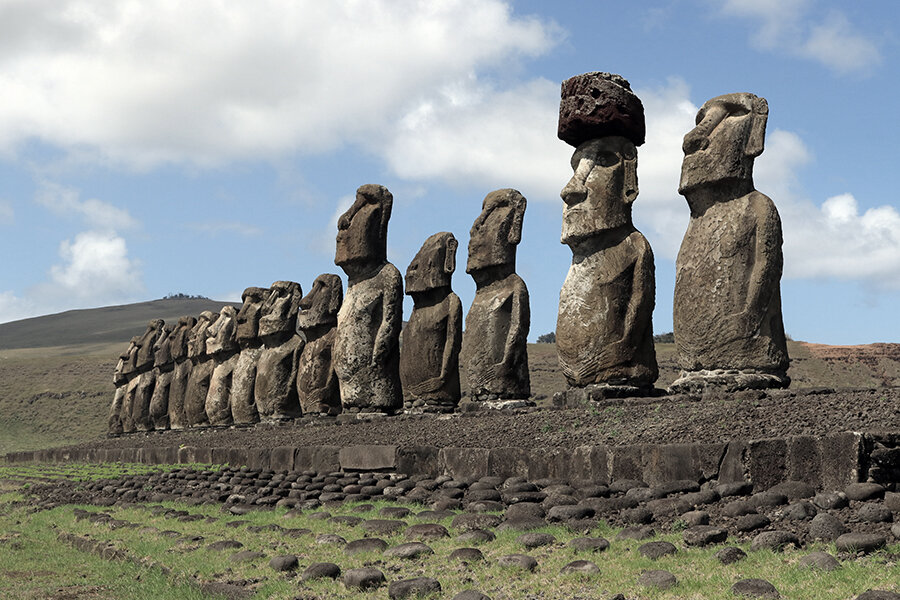
The Moai of Easter Island
Easter Island is known the world over for its famous Moai statues, carved by the indigenous Rapa Nui people between 1250 and 1500. These statues have become iconic over the years, and most everyone has seen photos of them. A closer look at their design progression over time reveals a fascinating story, however. The Moai have a mysterious quality to them, partly because their story is one we don't have all the answers to.
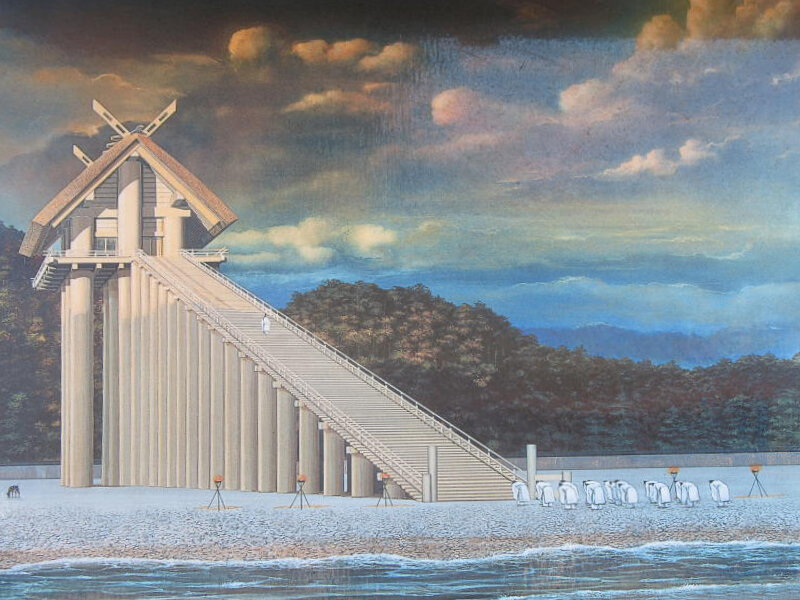
The Izumo-taisha Shrine
The ancient Izumo-taisha Shrine in southern Japan, built sometime around the 10th century AD, has all the ingredients of Verticality in its built form. The structure pictured above no longer exists, and we don't know exactly how it looked, but some records claim that the ancient temple was raised as high as 48 meters above the ground.
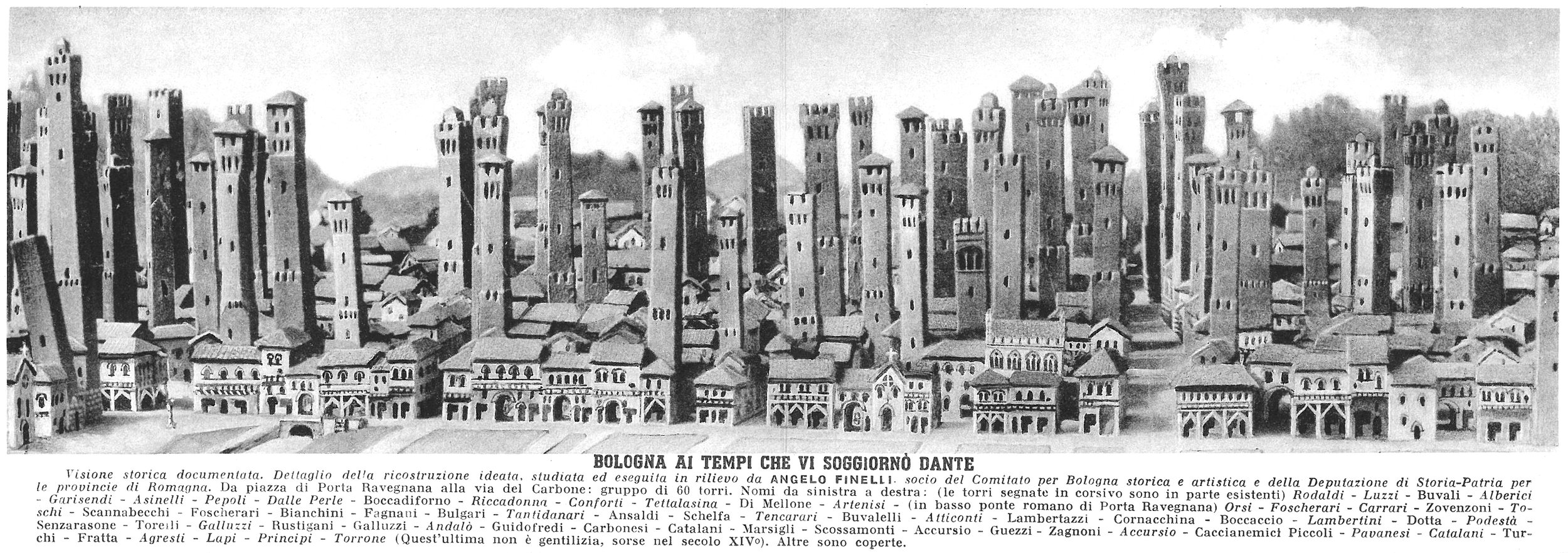
Bologna Rising
Here's a forest of towers in the Italian town Bologna, from the early 20th century. These towers were built as extensions of private homes for wealthy families. Their exact purpose isn't quite clear, but most likely it was a combination of status symbols and as means of defense during uncertain times. The image is quite compelling, with the forest of needle-like towers poking out above the lower buildings of the town below.
